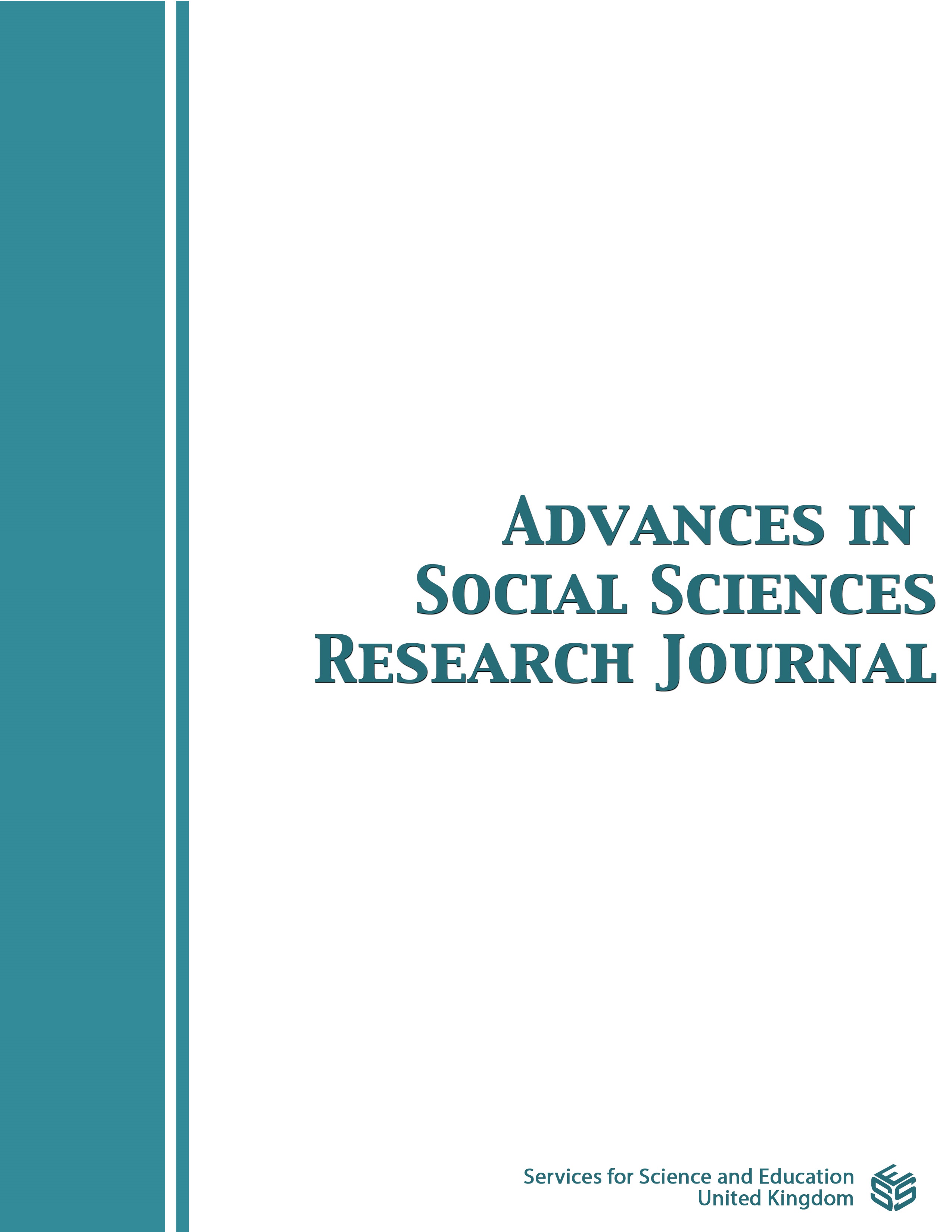Sebutlah Kami Tuli: Call Us Deaf
DOI:
https://doi.org/10.14738/assrj.1011.15918Keywords:
BISINDO, Indonesia, Tuli, IdentityAbstract
Indonesia is an archipelagic nation consisting of diverse ethnicities and languages in southeast Asia. As in all nations, one of the linguistic communities found across the islands is made up of Deaf people. The limited research available about these Deaf Indonesians tends to focus on the linguistics of their language, BISINDO. However, almost nothing is known about their cultural traditions except studies about a Deaf Village in Bali. Currently, there are ongoing discussions among Deaf Indonesian communities in Java about Deaf identity. Most of these Deaf members espouse a cultural view of what it means to be Deaf. The argument centers on what is the correct term for a person who is deaf; one side of the argument is that Deaf people have a cultural identity, expressed as tuli (Deaf) while the other side maintains a medical view, expressed as tuna rungu (hearing impaired). These Indonesian Deaf perspectives are shared and documented for potential future research.
Downloads
Published
How to Cite
Issue
Section
License
Copyright (c) 2023 Sean Ryan Hauschildt, Laura Lesmana Wijaya, Cristophorus Budidharma, Siti Rodiah , Ariani Rachmat, Dafi Muchlisin

This work is licensed under a Creative Commons Attribution 4.0 International License.
Authors wishing to include figures, tables, or text passages that have already been published elsewhere are required to obtain permission from the copyright owner(s) for both the print and online format and to include evidence that such permission has been granted when submitting their papers. Any material received without such evidence will be assumed to originate from the authors.






